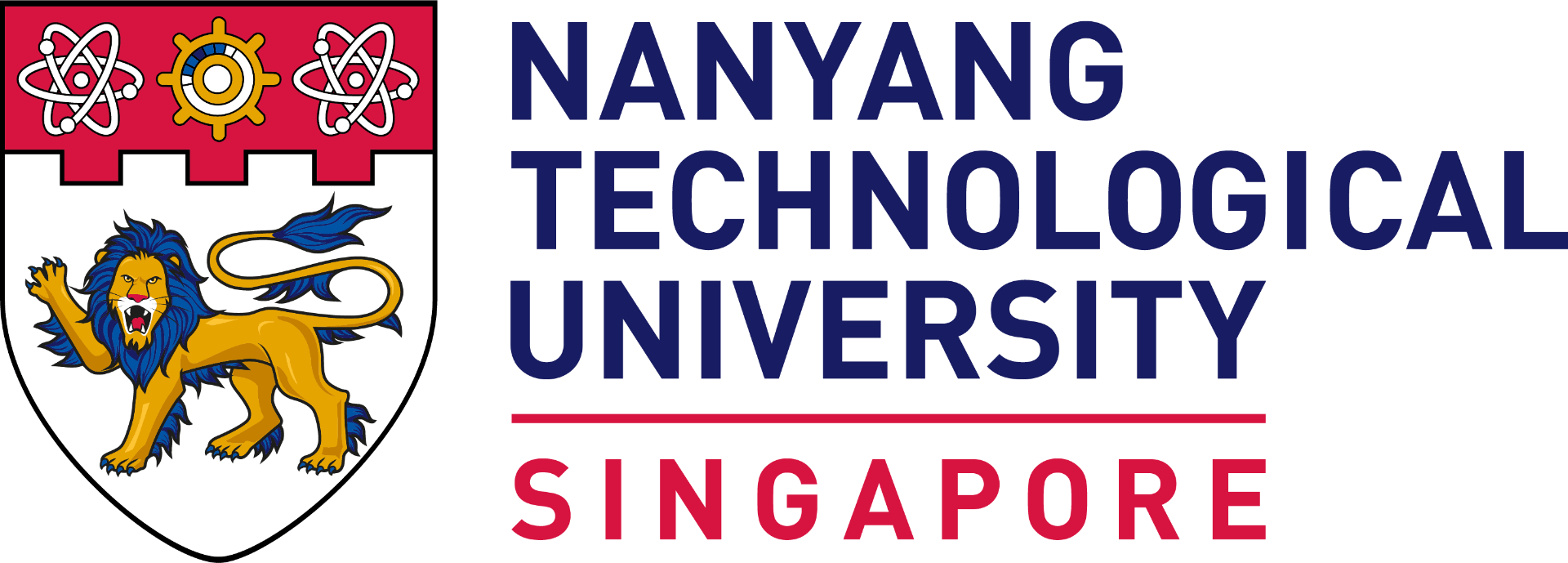Put to rest the notion of the “starving artist”. Today’s digital artists are doing a roaring business, even as students
by Chrystal Chan
Marc Yap
Art, design & media undergrad
Magnum opus to date: Dark Zodiac digital trading cards that sold out in the non-fungible token (NFT) marketplace, earning nearly $1.4 million in cryptocurrency
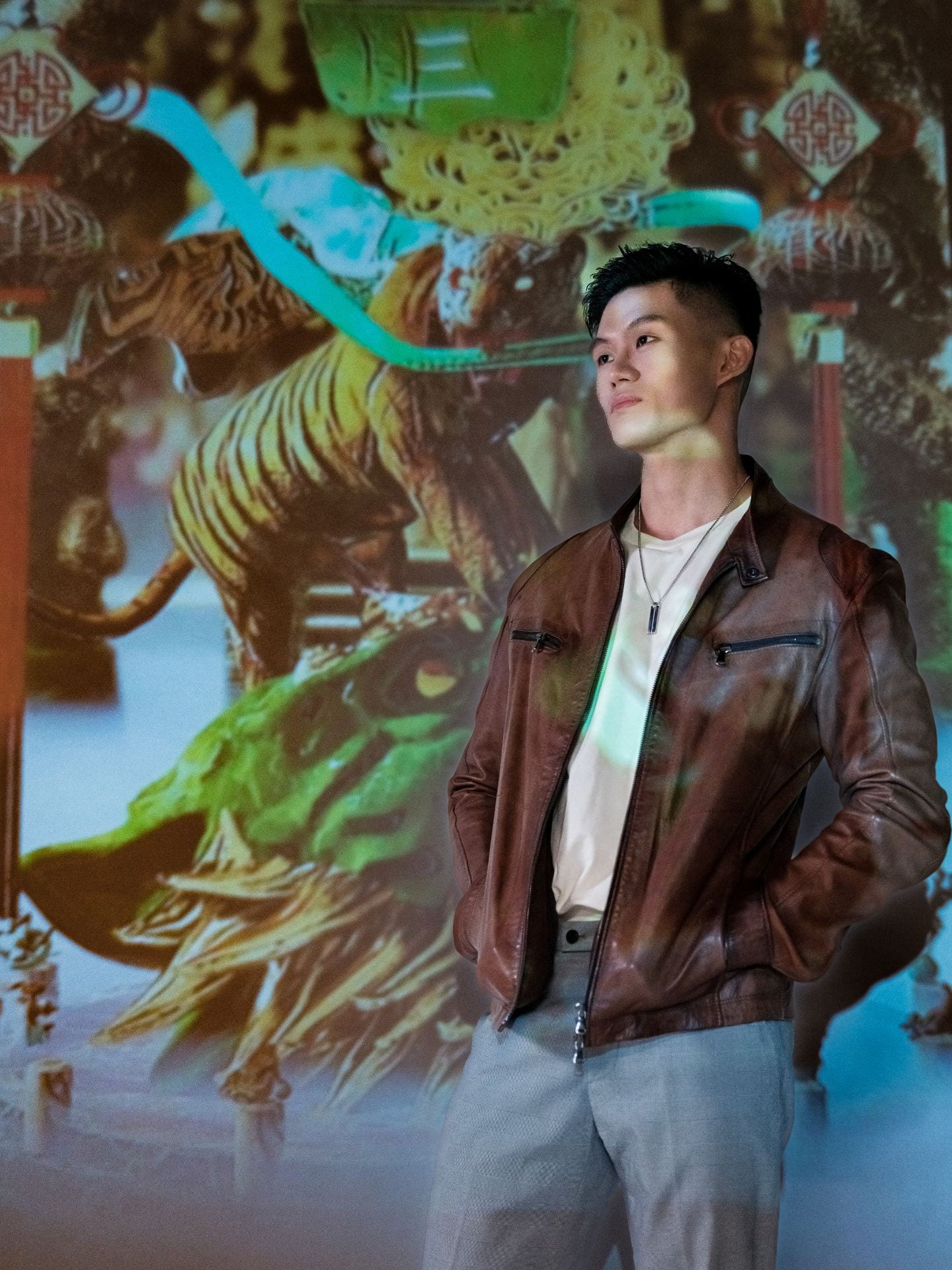
Tell us about your recent success in the NFT scene.
In my final year at the School of Art, Design & Media (ADM), a few of us came up with the idea of Chinese zodiac-themed digital trading cards as a way to enter the NFT market. We realised that the market is currently dominated by Western influences and that something with an Asian theme would probably stand out. Dark Zodiac features 3D monsters inspired by Chinese zodiac mythology and creatures from fantasy video games such as Dark Souls and The Witcher. It was a very challenging two months as I had to churn out 60 3D models in just 60 days, so I was heartened and ecstatic when all 3,876 units of our work sold out in less than two hours even though we weren’t an established brand.
You must be an expert in 3D art then?
Actually, no. Even though I’ve been an artist for 15 years, I had only done 2D artwork until recently. I was only introduced to 3D art in my second year in NTU when I took the Animation for Games module. So essentially, I only have about two years of experience in 3D art! Of course, credit must be given to my ADM lessons on fundamental art topics such as body proportions, set design, lighting and concept art, without which I don’t think I would have gotten this far.
Congrats! How has your life changed since your successful NFT debut?
It buoyed me as an artist as I had been rejected by many of the companies I wanted to work for. Like many artists out there, I fell into the trap of overestimating my value as a 2D artist when in fact the scope of such work is limited. Many companies right now rely heavily on 3D work. I felt like an underdog for many years because of that.
You mentioned that the Asian aspect of Dark Zodiac probably helped it stand out in the NFT market. Have you always been interested in the Chinese cultural scene?
Dark Zodiac was sparked off by our project lead, Alan Seng, who used to work in a tech startup. Coincidentally, when he approached me, I was developing a Chinese-themed hack and slash game called Serpentine. Our interests lined up perfectly. To be honest, my Mandarin isn’t up to the mark right now so I’m taking as many Mandarin lessons as I can from language apps and online classes. This will help us take this series further as we have a sizeable Chinese audience who appreciate the Chinese element we bring to the Western-dominated market. I’ve strengthened my interest in Chinese culture and its rich folklore and traditions.
Critics have said the NFT scene is a bubble waiting to burst. What are your thoughts on this?
There have been concerns about NFTs being a passing fad, but everything has its risks and rewards. After hearing Alan’s pitch to me about NFTs – each one is a record on a decentralised digital ledger of a unique piece of digital media – I realised this was a way to gain financial freedom as an artist. During my entire NFT journey, my body kicked itself awake every morning and I was fuelled by a sense of purpose unlike anything I had ever felt. I knew I wanted my life to change and I was willing to brave the risks. There’s a saying, fortune favours the brave, and this journey proves that.
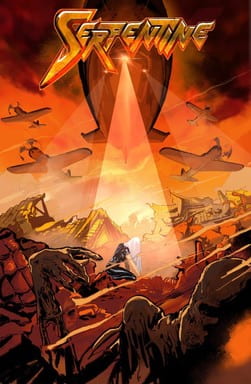
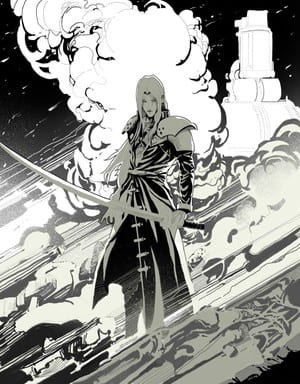
We hear you are donating a five-figure sum from the sale of your NFT art to your school, even before you have graduated. What motivated you to pay it forward?
My time in ADM has actually been the best time of my education journey. In my four years here, I wake up happy daily knowing that I am pursuing my dreams. ADM provides a very coherent and supportive curriculum for us to choose our pathways and absorb different aspects of design and art. I want to help my talented juniors who aren’t given the best hand in life. A little help and support could be absolutely life-changing for them.
Do you have any tips for artists interested in entering the NFT sphere?
– Never do it solely for the money. Investors and the community will be able to smell this in a second. As an artist, if wealth is your only objective, you’ll be a very miserable craftsman.
– Don’t overstate your value as an artist. NFTs are not really about art. What the market cares about is utility and whether something can be flipped for a higher value. I was very fortunate to be working alongside wonderful engineers such as smart contract and blockchain gurus. They were integral to the project’s success. That said, great artwork, whether physical or digital, will always have significant value.
– Starting an NFT project is like getting a start-up to succeed. Remember that it comes with its fair share of stress, capital investment, customer management and technology.
– Most of all, never be greedy. One thing I’m glad I did during the Dark Zodiac journey was to align the team with my belief that we debut right rather than as a cash grab. I think we could have earned more, but our approach paved the way for future potential with the Dark Zodiac series.
Yvonne Lee
Business undergrad
Magnum opus to date: An illustrated T-shirt as part of a fundraiser for Animal Lovers League, which raised $1,290 in sales
As a business undergrad, how did you get into digital art?
I started digital art two years ago, fresh out of Ngee Ann Polytechnic. One of my very first pieces had cute turtles. My characters still feature blob-like faces, oval eyes and round smiles. During the pandemic, I
created illustrations of my friends and myself in our graduation gowns. I decided to open commission slots for other graduating students. My art went viral and I got so many commissions that it felt almost like a full-time job. I’ve been actively posting on my art account @do_turtlee ever since.
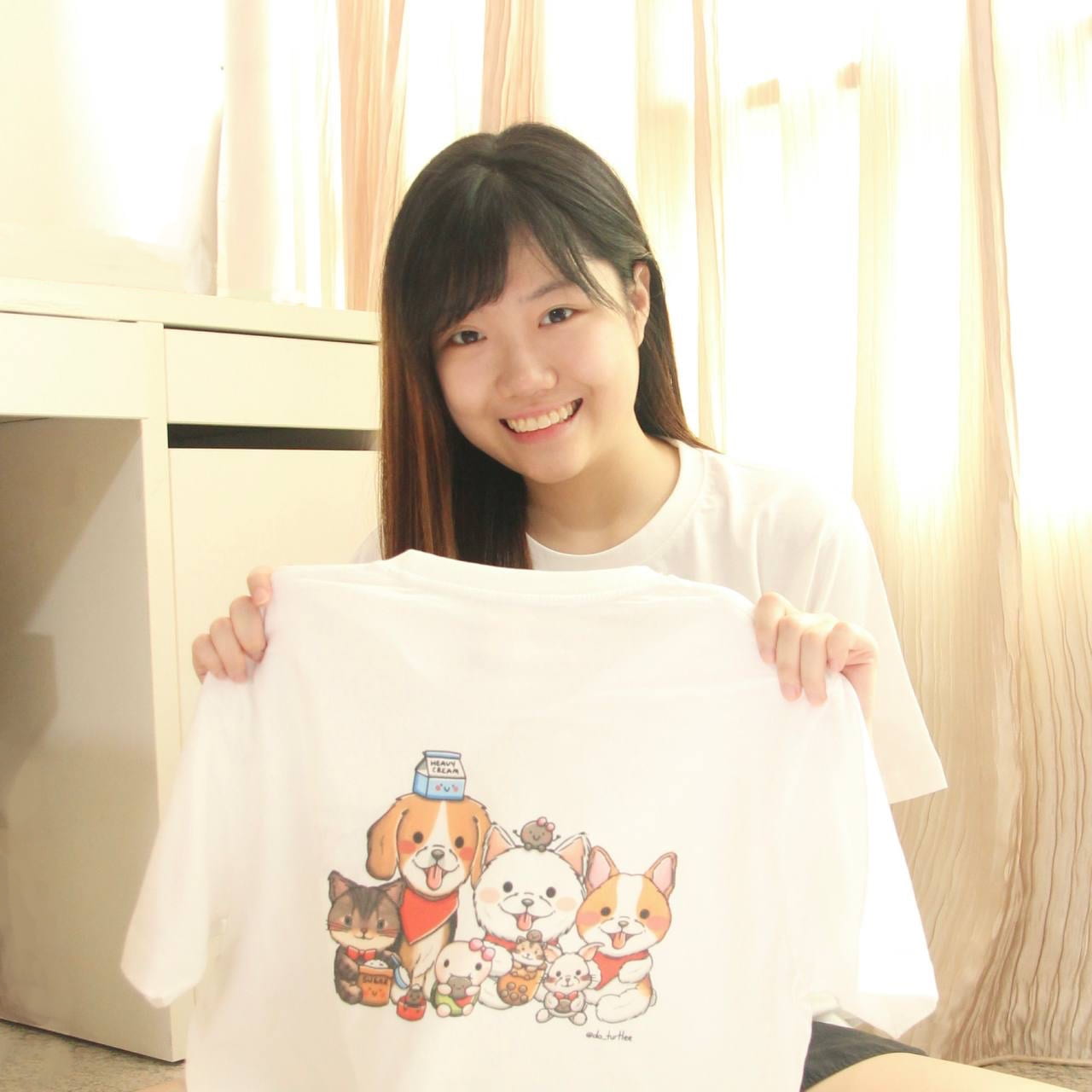
Do you draw anything else besides turtles and turtle-like humans?
Of course! I’ve been asked to draw pictures of my customers posing with their beloved pets. I have illustrated cats and dogs without turtle-like features. They have intricate details like soft fur so they look more realistic. I dislike lizards but was once commissioned to draw one, so I had to steel myself to look at a lizard for hours in order to fulfil the request. I’m just hoping I don’t get any commissions for cockroaches even though I’d still do my best to deliver!
How has your art style evolved over time?
I started off wanting my artwork to be cute and bright, so most of my initial drawings are characterised by a black marker doodle style. Over time, my style has changed. At first glance, you might see simple ovals and dots, but take a second look and you’ll notice subtle details that make all the difference. The more complicated commissions usually involve background art or elaborate outfits.
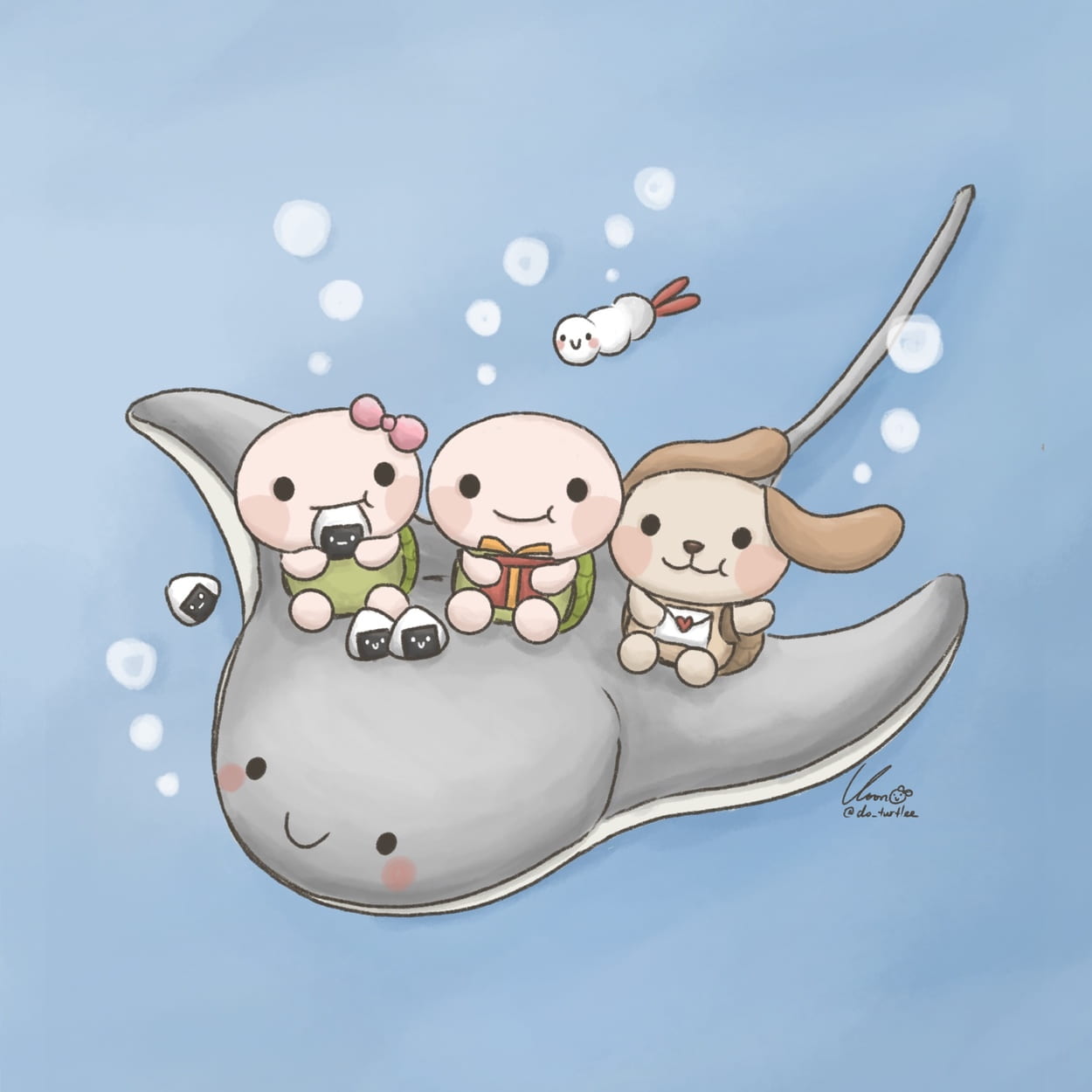
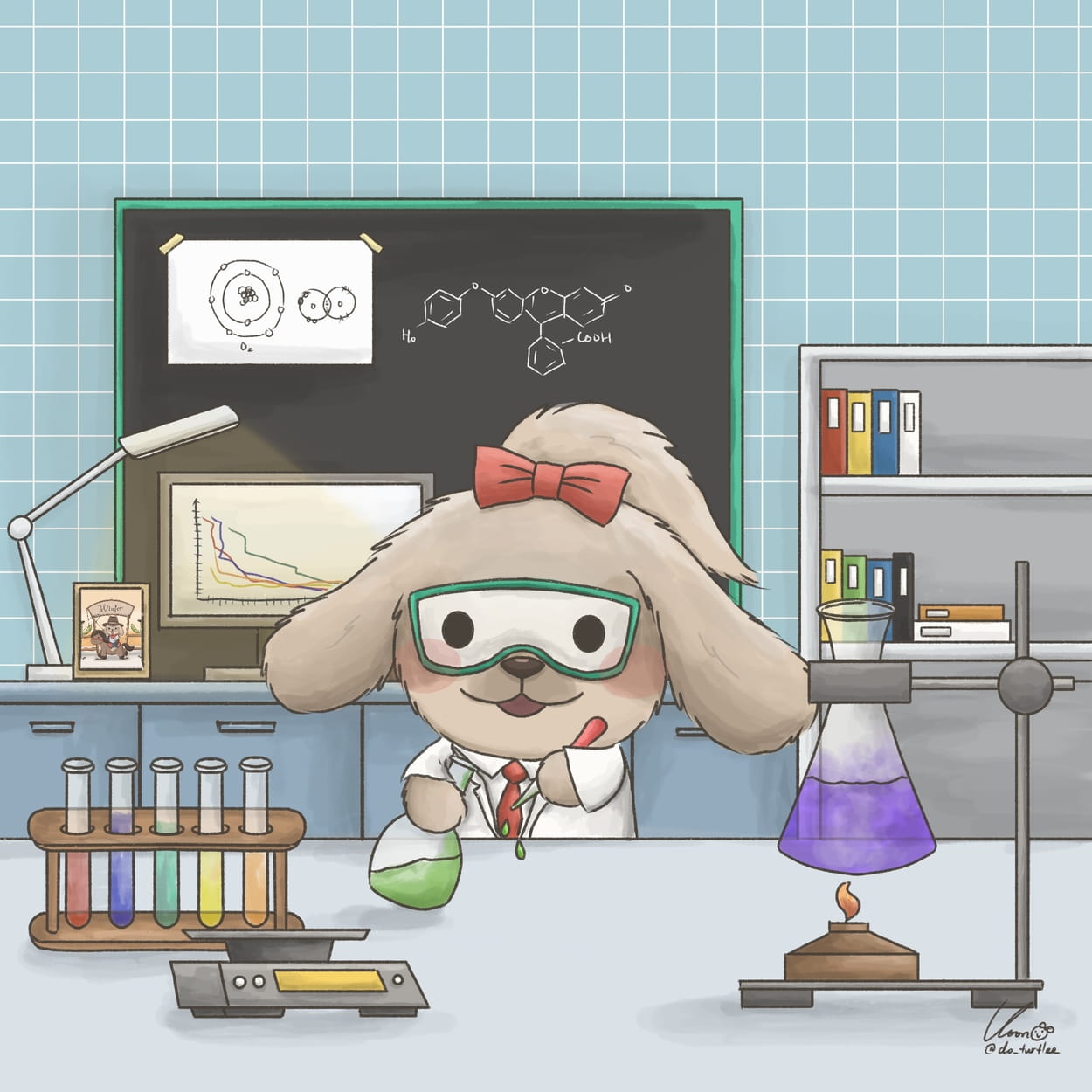
Where can animal lovers find your artwork?
I still accept commissions and I have since put my drawings on phone cases, greeting cards, framed prints, keychains, pet tags, physical stickers, postcards and tote bags. I’ve roughly sold about 3,000 pieces of these so far.
Ho Jun Sheng
Biological sciences undergrad
Magnum opus to date: More than 51,000 downloads of his Mito Telegram stickers that have been used over 2.5 million times
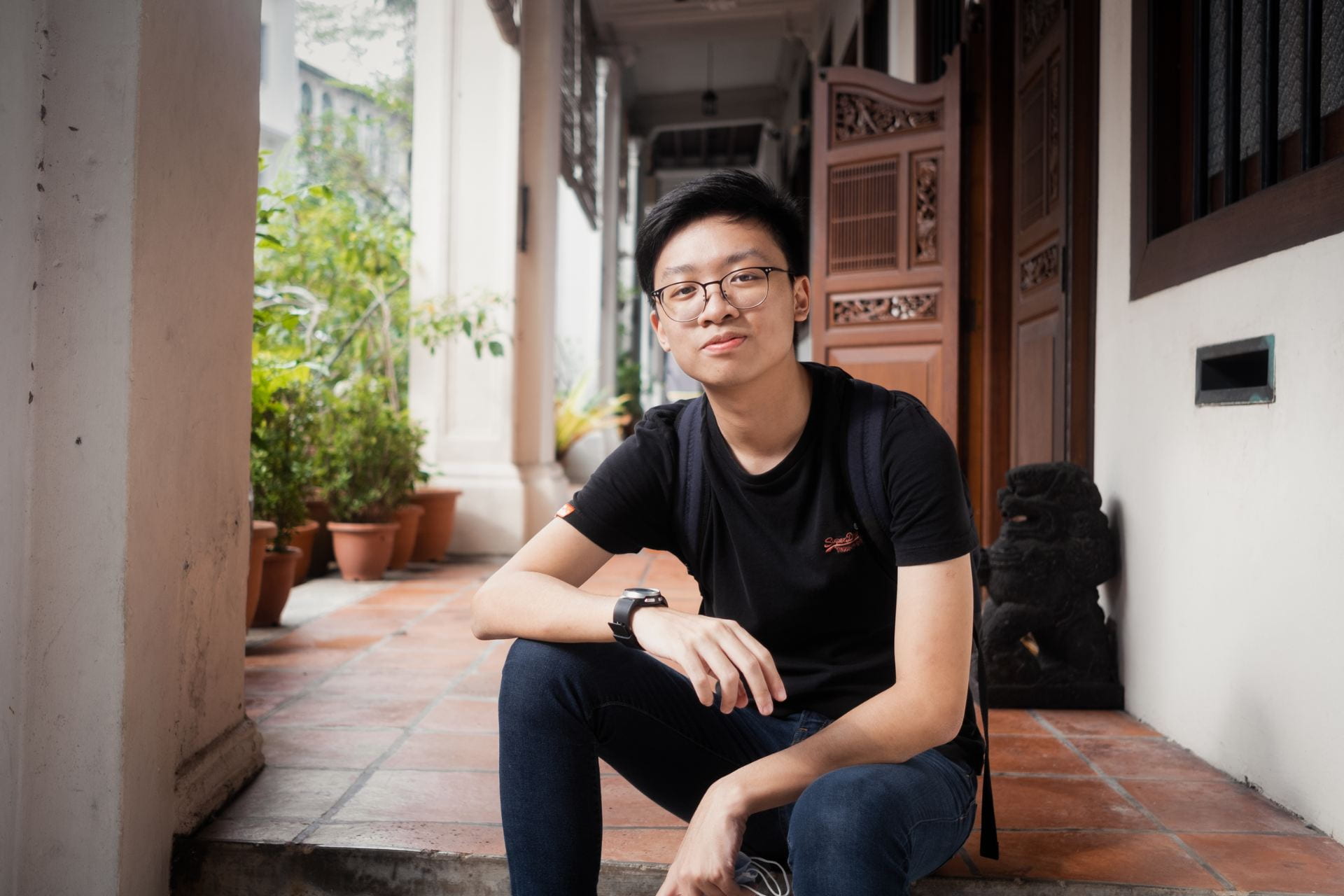
How did a biological sciences student like you get into digital art?
Digital art was something I picked up after my A Levels when I had extra time on my hands. I certainly didn’t expect my Telegram sticker pack to be so popular! That led to some pleasant surprises, like being commissioned by Auntie Anne’s Singapore to design a limited-edition tote bag for their 25th anniversary. I’m glad to say the design has found its way onto the pretzel chain’s uniforms and other collaterals! I’ve also been working on some commissions for individuals and organisations and am in talks with brands on projects – fingers crossed on that!
So… what exactly is Mito?
He’s a blob! An alien blob that crashed his spaceship on earth to be exact. He used to have squiggly arms and legs and was longer, almost like a bean, but then I refined him by making him fatter, rounder, shorter and cuter. Some people think he’s a pea – and that’s cute too.
Is Mito stuck on earth forever? What’s next for him?
Could be! I’ve always been keen on expanding his backstory, so I produced a two-minute animated short in 2020 about Mito bumbling about a space station. I plan to release it this year after some final touch-ups. I’ve always dreamt of producing an animated series focused on his space adventures before he crashes to earth, my inspiration being TV series Final Space and The Mandalorian. Another angle I’m considering is showing how Mito struggles to adapt to Singapore. I think that would be hilarious and I’d love to combine Singaporean iconography with Mito.
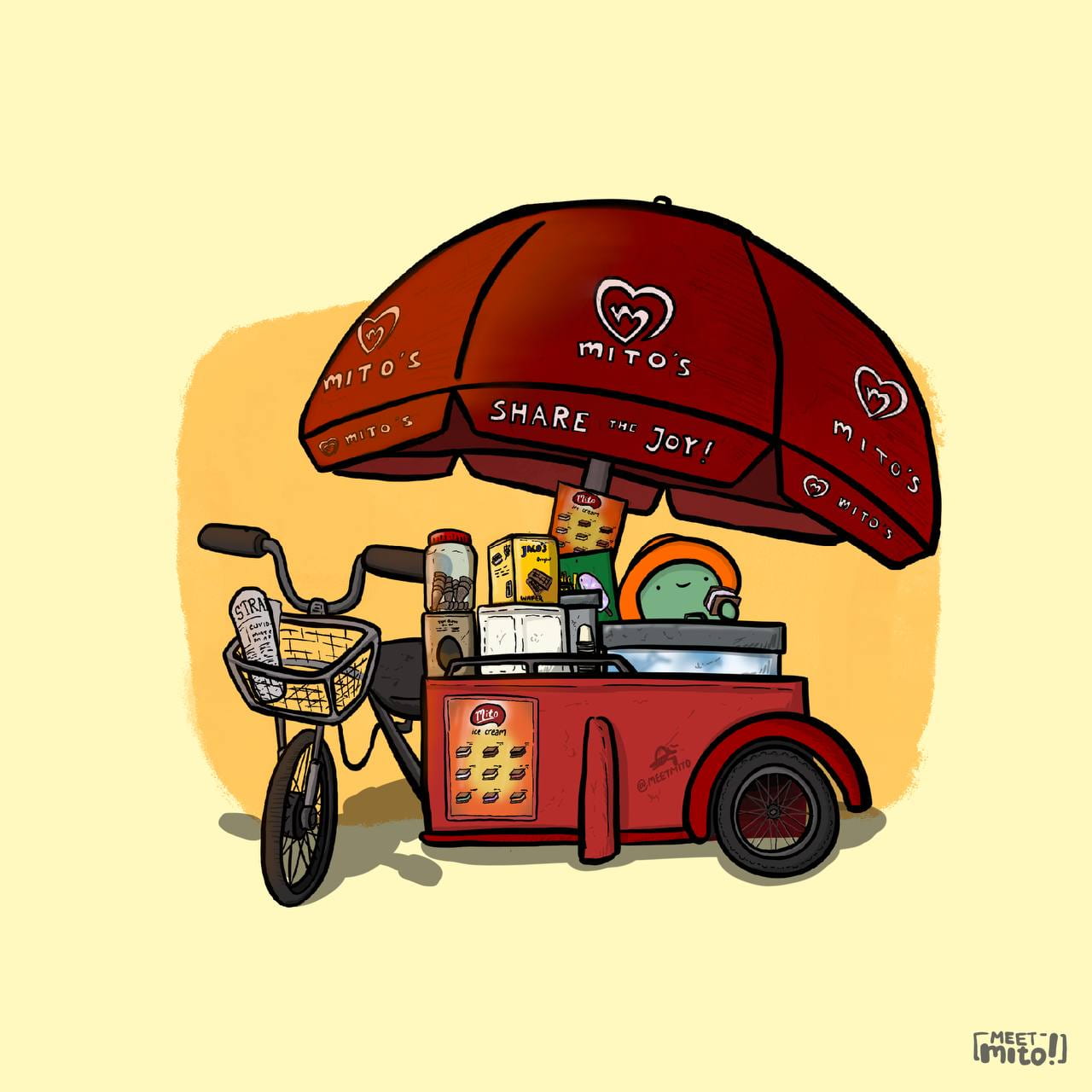
Putting yourself in the shoes of Mito, how has being in NTU helped you navigate the world of digital art?
I was the Publicity Secretary for Hall 15 in 2020. Because I had full creative control over the hall’s publicity materials, merchandise and other collaterals, I could dabble in different art styles and gain experience managing merchandise sales. Having a better understanding of the workflow from sourcing for suppliers to order fulfilment was super helpful during my first Mito merchandise launch last year.
We’ve met Mito. Now how can we get Mito?
I’m open for commissions and have been regularly producing and selling physical stickers and art prints of Mito. I’m grateful that my sticker packs are so loved that they once sold out within two days. I also give away Mito phone wallpapers to thank those who have supported me on this journey.
Have you considered entering the NFT market?
NFTs are still very new, so I prefer to err on the side of caution before plunging into it. That said, it seems like a great way for people to support me and the work I do, and even own part of my work. NFTs also have the potential to expand the reach of my art outside of Singapore and even Asia, which is why I will consider selling my art on this platform in the future.
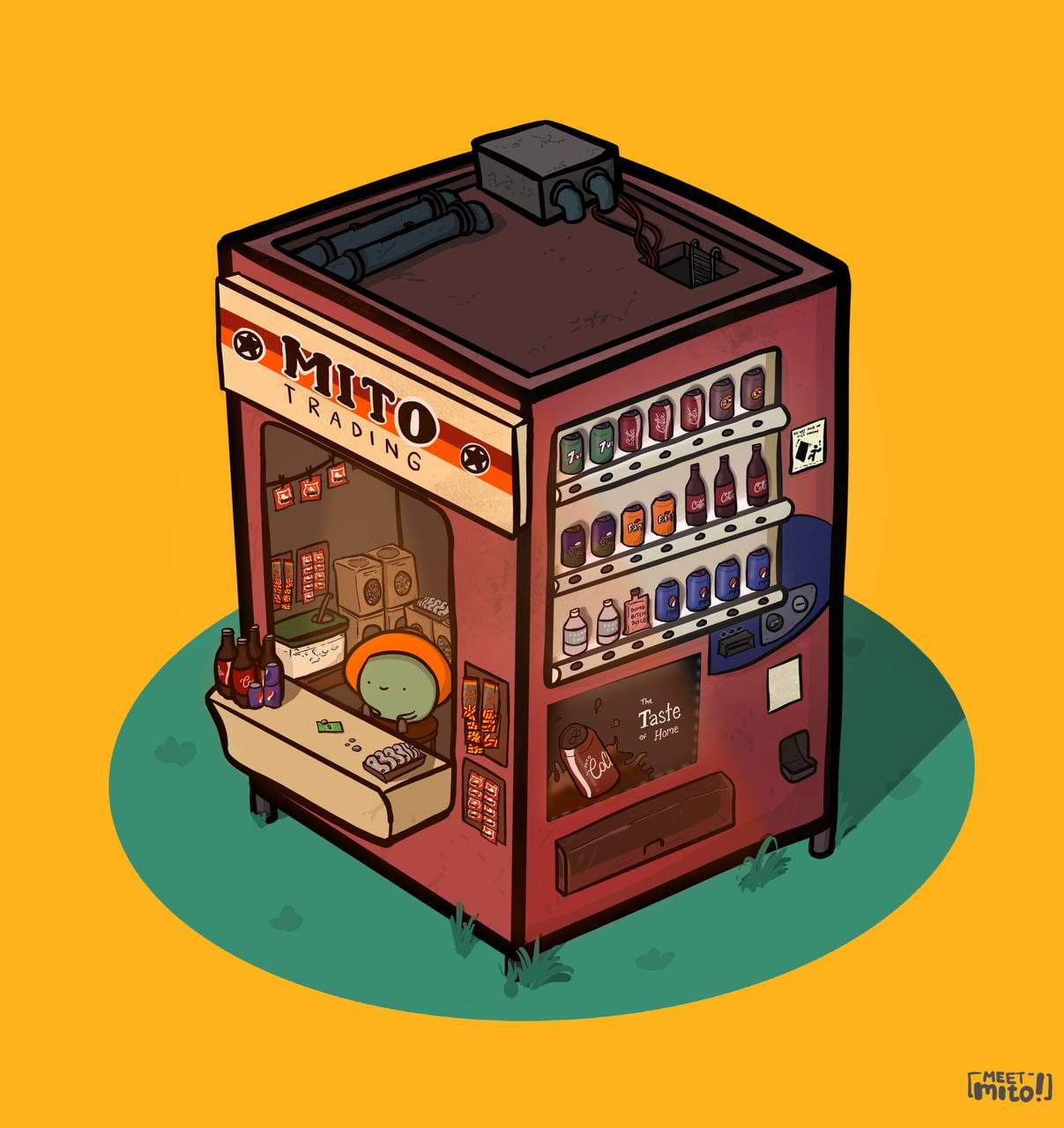
Vanessa Wong
Art, design & media graduate
Magnum opus to date: 11 illustrations of creepy Halloween-themed knick-knacks as part of the Inktober challenge organised by RetroSupply Co
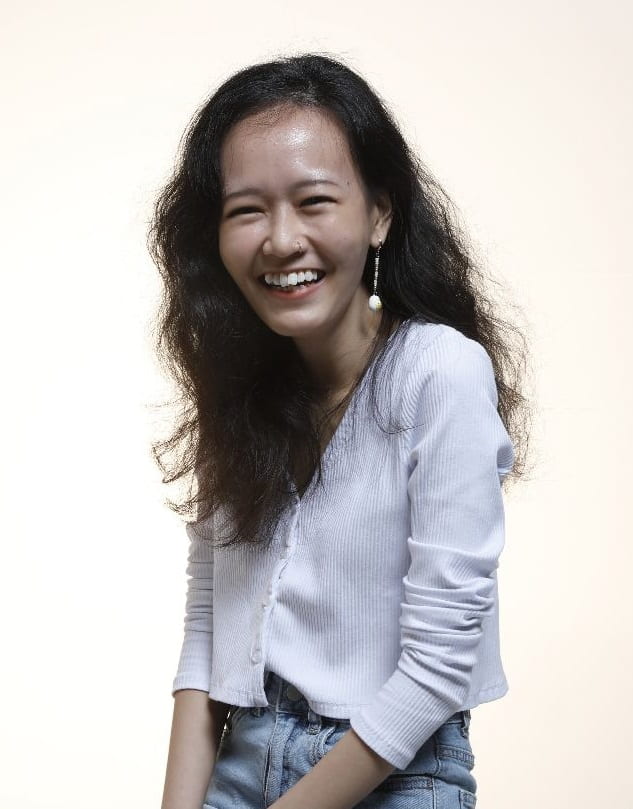
Some people say you can’t make money as an artist. How true is that?
I used to be very reliant on traditional mediums and I didn’t have access to or knowledge of digital tools and software, so it was tough to get commissions. But after picking up digital illustration, animation and graphic design, I found it much easier to tackle a variety of briefs and adopt different styles. That said, this may not be applicable to every artist out there – some may have very distinctive styles that make them unique and marketable. The ability to make money from art is mostly dependent on the artist’s skills, versatility, and luck, amongst other factors.
What encouraged you to study at NTU when you were freelancing as a graphic designer?
In polytechnic, I was gifted my first tablet. I started drawing digitally and growing my confidence in digital art. I soon realised I wanted to pursue it as a career. With encouragement from my lecturer and friends in polytechnic, I took on a few design projects and internships. However, I found myself struggling quite a bit as I had no formal education in design and didn’t understand certain terms or design techniques.
That was when I decided to pursue visual communication at NTU. Meeting new people and making friends in the same field was an added bonus!
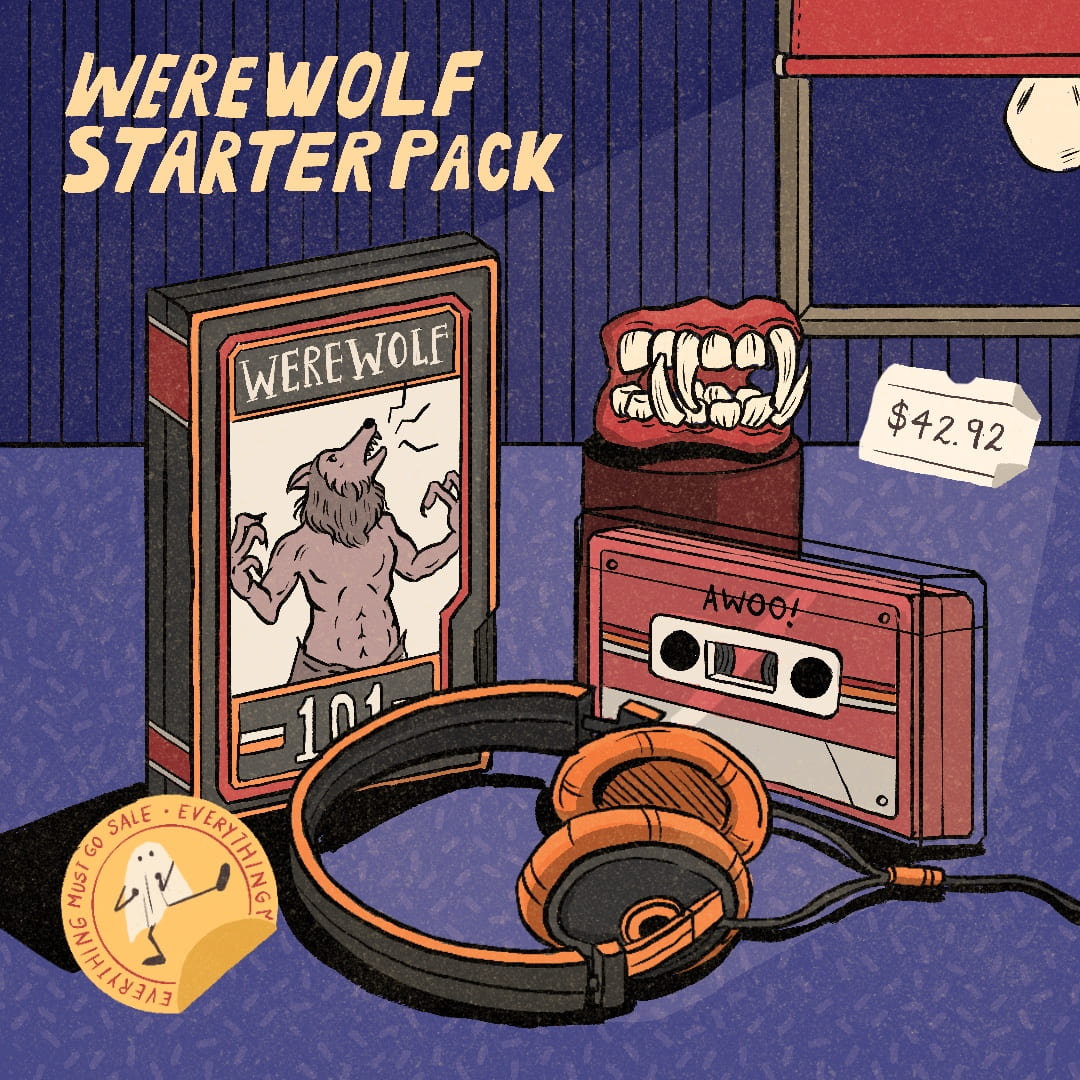
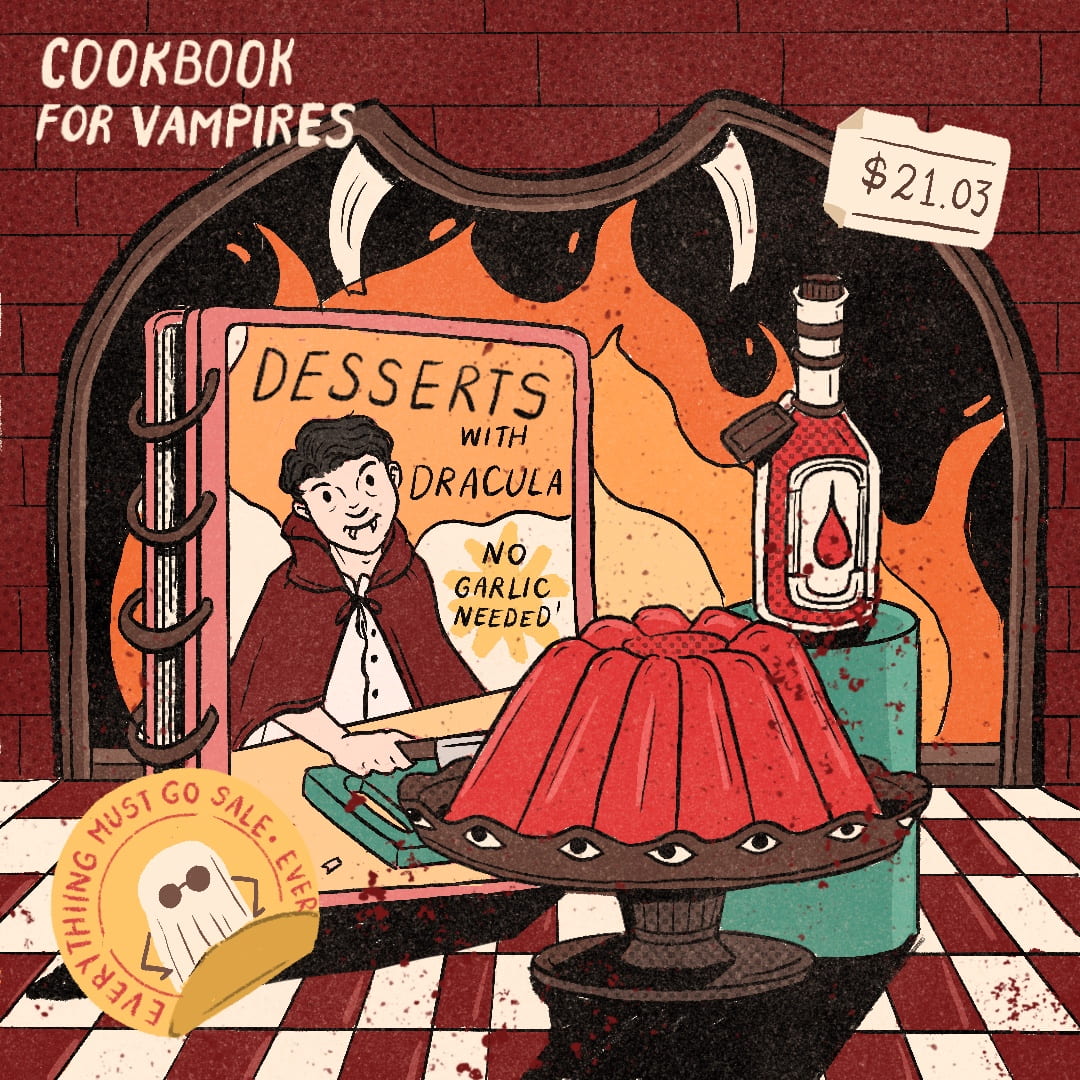
Your art has your unique stamp on it. Do you have a name for your style?
I think it’s hard to accurately describe my artistic style. I try to be as versatile as possible to fit different projects. But I’ll admit the style I’m most comfortable with has a “retro comic” feel. I enjoy drawing bright and bold characters, outlining them in black, and injecting a bit of humour wherever possible.
Give us an idea of the freelance work you did as a student.
Some of my previous clients include EYEYAH! Magazine and Singapore University of Technology and Design. However, the project that brought me the most joy was a set of 14 trading cards featuring superpowers inspired by my friends’ quirks. It was great to see how it resonated with people.
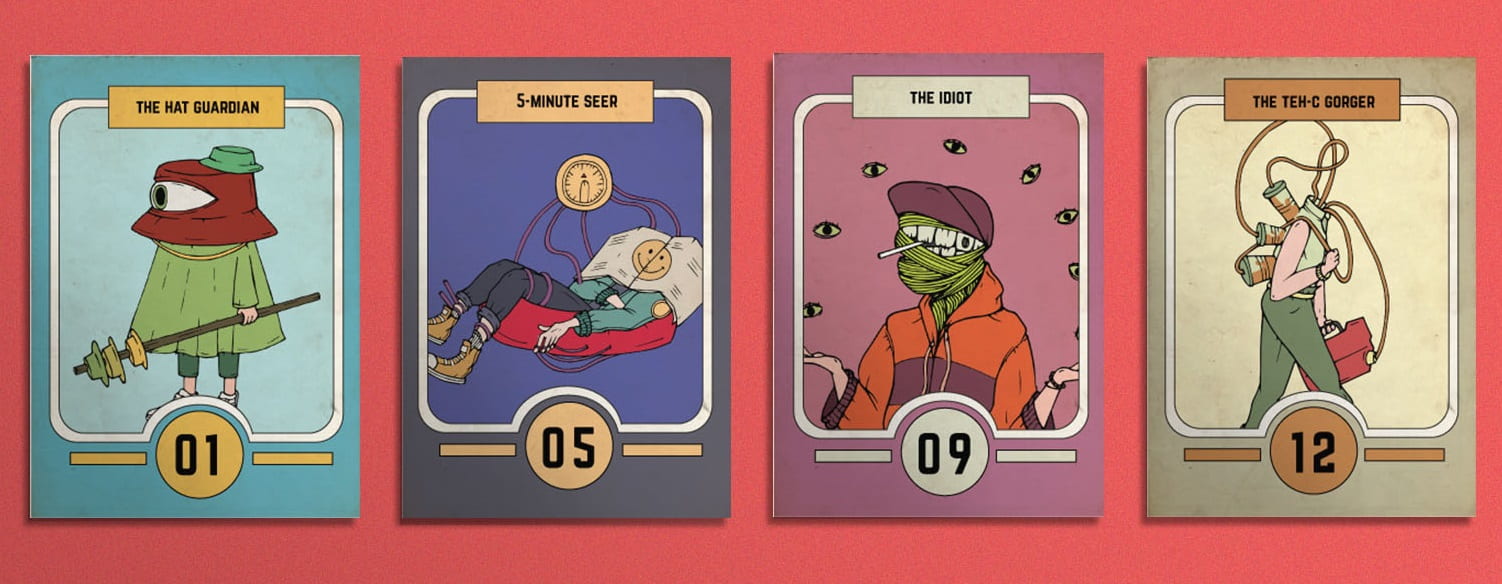
What’s on your plate (or tablet) right now?
I am juggling a few things. I am a full-time graphic designer but outside of office hours, I design marketing collateral and illustrate for a number of brands. Having a full-time job allows me to have financial security and to hone specific skills, while freelance projects give me a platform to experiment, have more creative freedom and form connections with people. I also enjoy doing simple illustrations, comics and short animations in my free time.
Where can we buy your work?
Before the pandemic struck, my friends and I hawked our wares in physical art markets. I now sell my art online at @tradervans on Instagram. I am also open for commissions. The best thing about digital art is the huge possibilities it offers. For example, I have the flexibility to turn a still illustration into an animation. I can also instantly change colours. Digital art can also be easily shared with a wider audience.
This story was published in the Mar-May 2022 issue of HEY!. To read it and other stories from this issue in print, click here.
